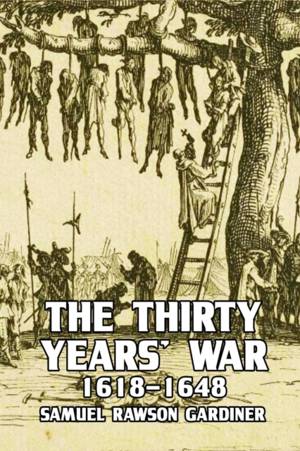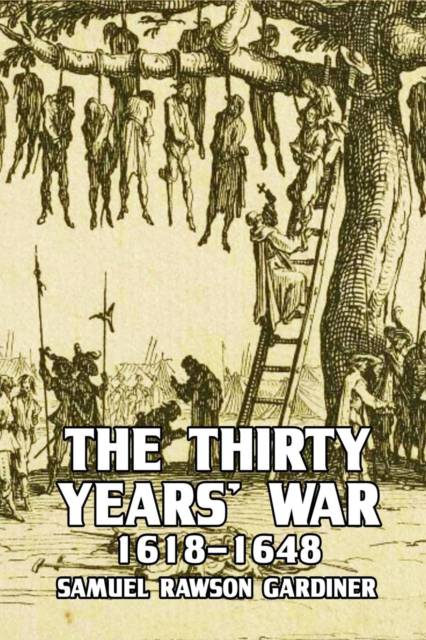
- Afhalen na 1 uur in een winkel met voorraad
- Gratis thuislevering in België vanaf € 30
- Ruim aanbod met 7 miljoen producten
- Afhalen na 1 uur in een winkel met voorraad
- Gratis thuislevering in België vanaf € 30
- Ruim aanbod met 7 miljoen producten
Omschrijving
One of the most complete histories of this inter-Christian war, fought mainly in the heartland of present-day Germany, in which up to 40 percent of the population was killed.
Written not as a dry history but rather as a highly-engrossing story, this classic work--which set the standard for all later histories--starts with an explanation of the religious conflict between Catholic and Protestant in Germany, and explains how this dispute then spiralled out of control into what became the most devastating European war of all time.
It shows how the first violent act--committed by Protestants in Prague against Catholic officials--was followed by a general Protestant uprising. Although they initially gained a number of victories against a hastily-assembled Catholic army, the Protestants fell into a dispute between their Calvinist and Lutheran components. This dissension allowed the Catholics to gain the upper hand and drive the Protestants out of Bohemia, killing all men of weapon-bearing age in the process--an act which set the standard for the rest of the bloody conflict.
As the book relates, foreign powers--both Protestant and Catholic--sent invading armies to support their allied religious factions, and soon troops from Denmark, Sweden, the Netherlands, Spain, and France were involved.
The war carried on for 30 years, exacting a toll which utterly devastated Germany. For example, Württemberg lost three-quarters of its population during the war, while Brandenburg lost half. The male population was even more deeply affected: about half of all German men were killed.
"Outrages of unspeakable atrocity were committed everywhere. Human beings were driven naked into the streets, their flesh pierced with needles, or cut to the bone with saws. Others were scalded with boiling water, or hunted with fierce dogs. The horrors of a town taken by storm were repeated every day in the open country. Even apart from its excesses, the war itself was terrible enough.
"When Augsburg was besieged by the imperialists, after their victory at Nördlingen, it contained an industrious population of 70,000 souls. After a siege of seven months, 10,000 living beings, wan and haggard with famine, remained to open the gates to the conquerors . . .
"The losses of the civil population were almost incredible. In a certain district of Thuringia which was probably better off than the greater part of Germany, there were, before the war cloud burst, 1,717 houses standing in nineteen villages. In 1649, only 627 houses were left. And even of the houses which remained many were untenanted. The 1,717 houses had been inhabited by 1,773 families. Only 316 families could be found to occupy the 627 houses."
Completely reformatted, reset and indexed. Fifteen new illustrations.
Specificaties
Betrokkenen
- Auteur(s):
- Uitgeverij:
Inhoud
- Aantal bladzijden:
- 174
- Taal:
- Engels
Eigenschappen
- Productcode (EAN):
- 9781646066711
- Verschijningsdatum:
- 18/05/2019
- Uitvoering:
- Paperback
- Formaat:
- Trade paperback (VS)
- Afmetingen:
- 152 mm x 229 mm
- Gewicht:
- 240 g

Alleen bij Standaard Boekhandel
Beoordelingen
We publiceren alleen reviews die voldoen aan de voorwaarden voor reviews. Bekijk onze voorwaarden voor reviews.











